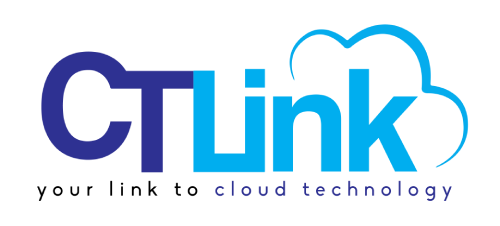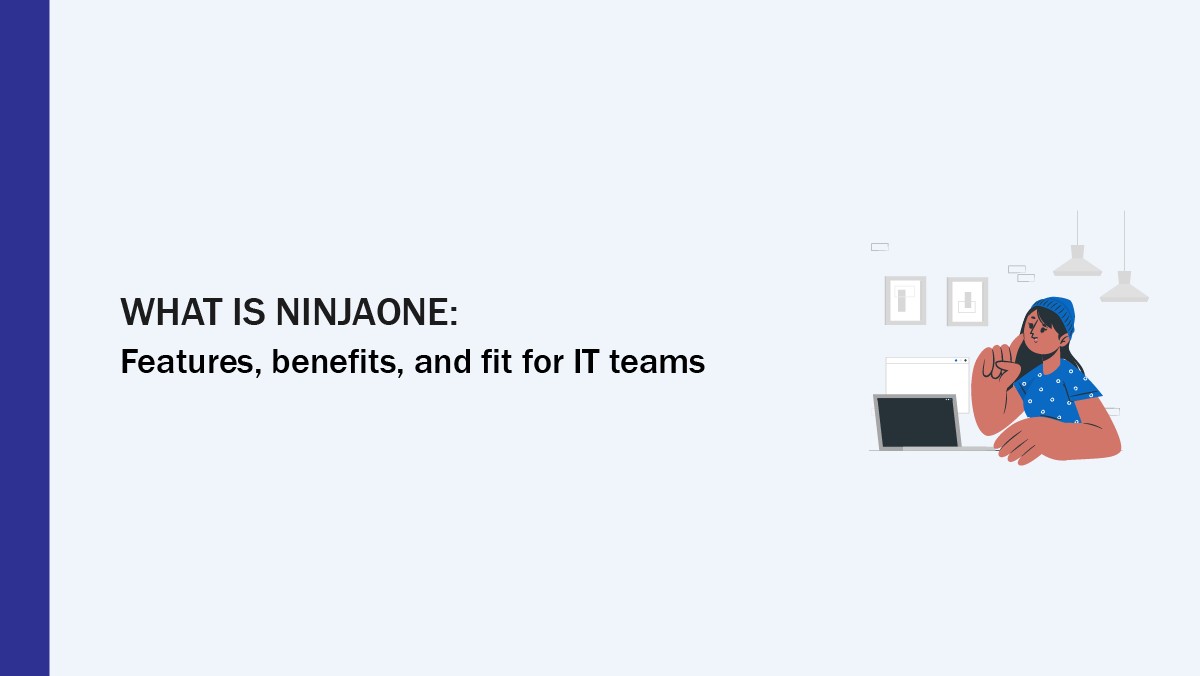Many organizations wrestle with the same set of problems: devices fall out of patch cycles, support teams spend hours on repetitive tasks, and remote workers struggle to access applications quickly. Those gaps lead to security exposure, slow productivity, and higher operational costs.
NinjaOne addresses these issues by centralizing device inventory, patch management, remote control, and automation in a single cloud console. NinjaOne is a Unified Endpoint Management (UEM) platform that includes remote monitoring and management (RMM) capabilities. As a UEM, NinjaOne gathers telemetry from endpoints, automates patching and routine maintenance, and provides remote session tools for fast troubleshooting.
That closer connection between device data and automated action is what makes the platform useful. Instead of treating inventory, patching, and remote access as separate problems, NinjaOne ties them together so teams spend less time on manual work and more time on higher-value security and operations tasks.
Key benefits and features UEM provides:
- Automated patch management for operating systems and third-party applications.
- Centralized asset inventory and software visibility.
- Remote control and session tools for fast troubleshooting.
- Scripting and automation to remove repetitive tasks.
- Reporting and audit logs for compliance and investigation.
These capabilities reduce emergency fixes and make operations more predictable. NIST SP 800-137 recommends continuous monitoring as a foundation for effective detection and response, which is why centralized telemetry from UEM tools is important for security programs.
What is NinjaOne’s Difference to Similar Solutions
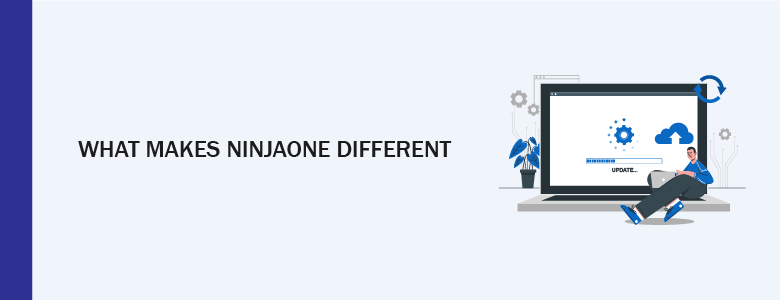
NinjaOne is a cloud-native UEM platform designed for quick deployment and straightforward operation. Rather than listing isolated features, consider four areas where NinjaOne tends to deliver real operational improvements for IT teams:
- Time to value: agents deploy quickly and provide immediate device visibility.
- Patch coverage: supports OS and a wide range of third-party applications, and can update devices that are off the corporate network.
- Integrated support: remote control, ticketing hooks, and documentation live in one console, reducing context switching for technicians.
- Automation-first workflows: scheduling, scripting, and task automation reduce repetitive manual steps.
How to evaluate whether NinjaOne fits your environment and practical considerations

Begin with a focused evaluation, starting with a consultation to scope a short proof of concept. A well-scoped evaluation answers whether the agent inventories assets correctly, whether patching works for critical third-party apps, and whether remote control performs acceptably over your network.
Practical evaluation steps and what to measure:
- Inventory accuracy: verify hardware and software detection across Windows, macOS, and Linux.
- Patching effectiveness: confirm coverage for key third-party apps and success rates for off-network devices.
- Remote session quality: test control sessions under realistic network conditions and at peak times.
- Integration checks: ensure APIs connect to your ticketing, backup, and SIEM systems for telemetry correlation.
For enterprise-scale environments, test API throughput, data retention policies, and licensing implications. Use evaluation outcomes to plan a staged rollout and a long term operational model that includes ongoing tuning and reporting.
Evaluate with an initial consultation and a short proof of concept, measure the outcomes that matter to your team, and plan for a staged rollout that includes training and integration work. To discuss fit and next steps, consider scheduling a consultation meeting with the CT Link team to review objectives and next steps.
Practical pros and limitations

NinjaOne streamlines many routine tasks, but it works best when paired with good processes. The platform can reduce manual patching and speed troubleshooting, yet without clear change control and role-based approvals, automation can introduce operational risk.
When evaluating pros and limitations, keep these practical points in mind:
- Automation yields the best returns when combined with approval workflows and rollback plans.
- Plan telemetry flow into a SIEM or central monitoring system to support security investigations.
- Review support SLAs and licensing to ensure they match your expected growth and device volume.
NinjaOne simplifies many daily tasks, but it is not a silver bullet. Expect genuine operational gains when you combine RMM automation with clear processes for patch approval, role-based access controls, and monitoring integration. Scaling across thousands of devices may require additional planning around data volume, integration throughput, and vendor SLAs. For large environments, treat some recommendations as enterprise-scale, and validate performance in a pilot.
Where NinjaOne fits in a security and operations stack
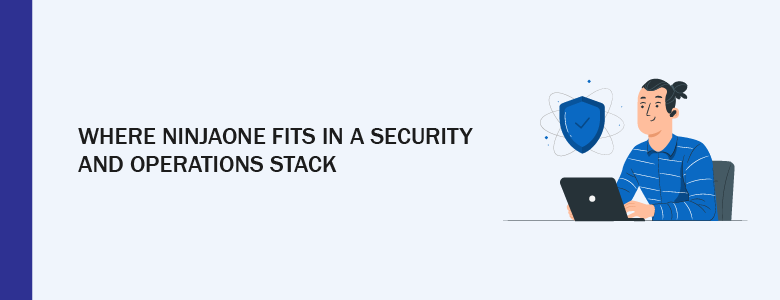
UEM platforms like NinjaOne are part of an operational toolbelt. RMM functions – patching, inventory, and remote control – are core components within a UEM, but UEM also covers broader device management and policy controls. They do not replace a SIEM or EDR, but they complement them by reducing exposure from unpatched software and by providing the device signals that make detection more reliable. According to the Verizon DBIR, exploitation of unpatched vulnerabilities remains a leading way attackers gain a foothold, which reinforces the value of strong patch management.
Real-world scenarios where NinjaOne helps
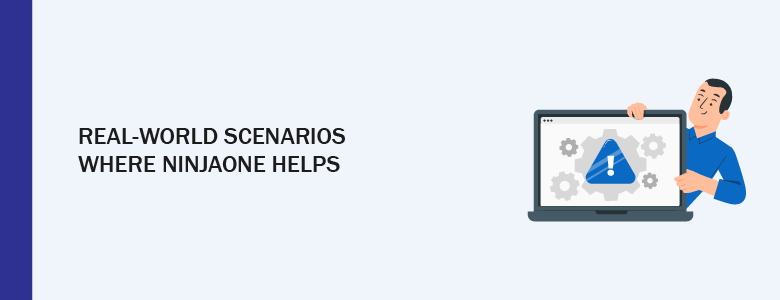
- Distributed field teams. Organizations with remote workers or field engineers often struggle with inconsistent patching and support. NinjaOne’s agent-based model and remote control help standardize updates and provide technicians with direct access for troubleshooting.
- Small IT teams with limited time. When a few administrators manage hundreds of endpoints, automation and scripting remove repetitive tasks so those admins can focus on higher-value projects.
- Service providers and MSPs. Multi-tenant capabilities and quick onboarding make NinjaOne practical for service providers that need to manage many customer environments.
A few practical implementation notes
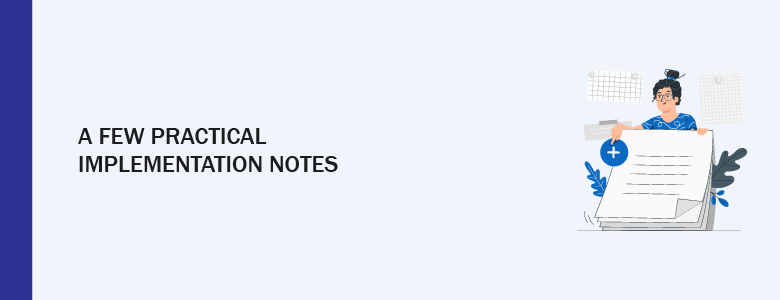
- Start with a narrow scope for the evaluation: a mix of 50 to 200 devices that represent the diversity of your environment. Track baseline metrics for ticket volume and patch success so you can measure improvement.
- Plan maintenance windows and approval gates for patches to avoid disruptions. Automation must sit inside a change control process.
- Integrate RMM telemetry with your SIEM where possible, prioritize key logs, and keep at least 30 days of endpoint event history if storage and compliance allow.
NinjaOne can reduce operational load and improve vulnerability hygiene, but the real gains come from pairing the tool with clear processes. Evaluate it through an initial consultation and short proof of concept, then plan a staged rollout that includes training and integration work. If assistance is needed to scope an evaluation or discuss long term operations, consider scheduling a consultation meeting with the CT Link team.
Still not sure what is NinjaOne or need more details? Visit our product page or contact us at marketing@ctlink.com.ph to learn more!
